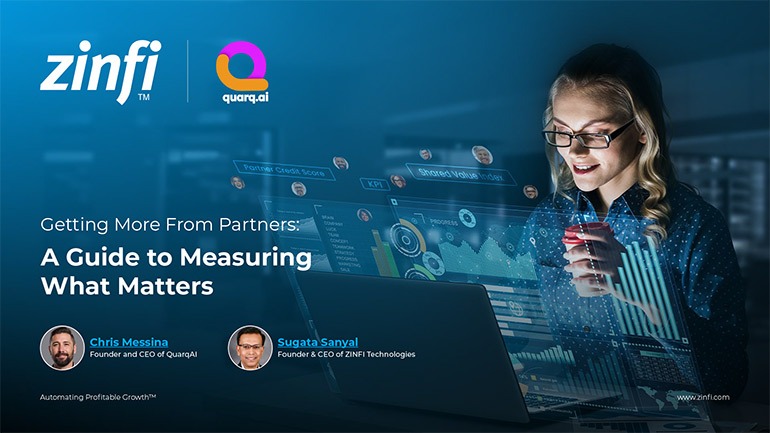Chris Messina starts by talking about the main problem QuarqAI wants to fix: you can’t see what partners do. He says that for 15 years, he built partner programs. They often looked like they failed on paper, even when doing well. It was hard to show his work and prove the value partners added that didn’t involve direct sales. He explains that partner teams do many things that don’t easily appear in sales numbers. It is hard to get company leaders to trust them and invest more. The challenge is to show all the good things partners do that don’t fit into regular reports.
Chris felt this problem strongly. In early 2024, he realized the most significant issue was “nobody believes us”. He left his job to solve this problem. At first, he thought about a top-down plan. But then, he saw that AI could help fix the issue from the ground up. The name “QuarqAI” comes from this idea. It means proving value at the smallest level. If they can show value there, they can show all the value that other tools miss. This will help company leaders trust and invest in partner programs.
Chris says partnerships live “inside everybody else’s metrics, KPIs, tools”. This means partner teams must try to show their value after the fact. Also, since these tools belong to other teams, there’s a problem where other teams say, “That’s my credit”. These tools also set the rules for what success means for those teams. Partner teams don’t have their own clear goal. QuarqAI wants to make partnerships visible and create one clear way to measure success that everyone understands. This will give partner leaders the tools to prove their worth and become important company leaders.
